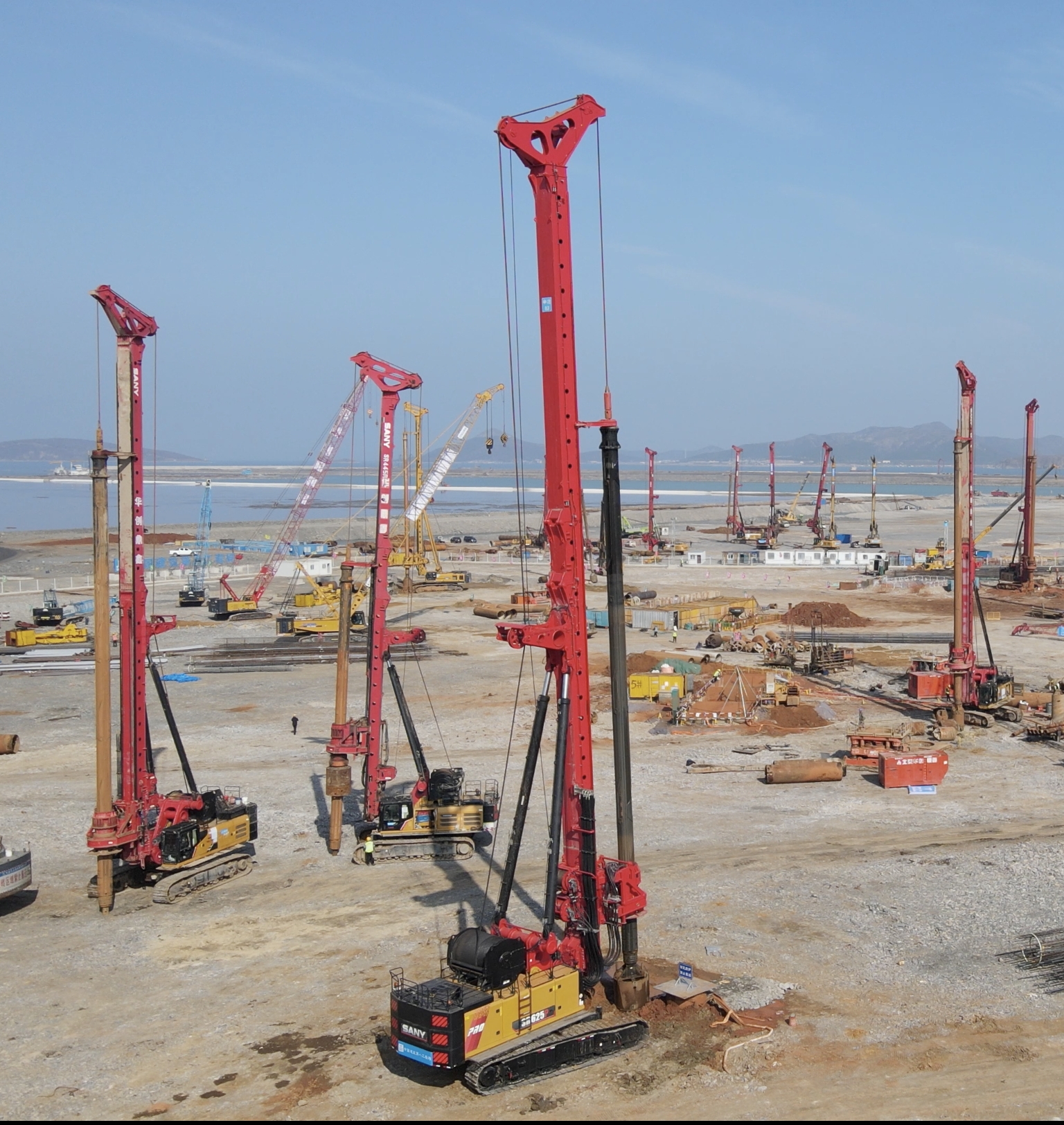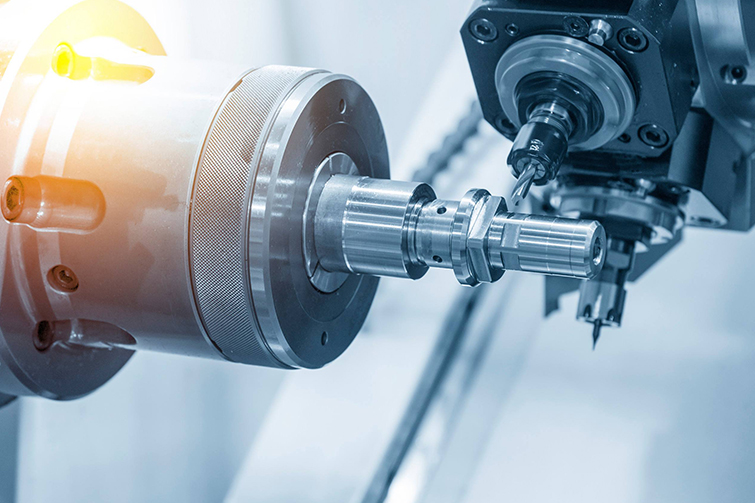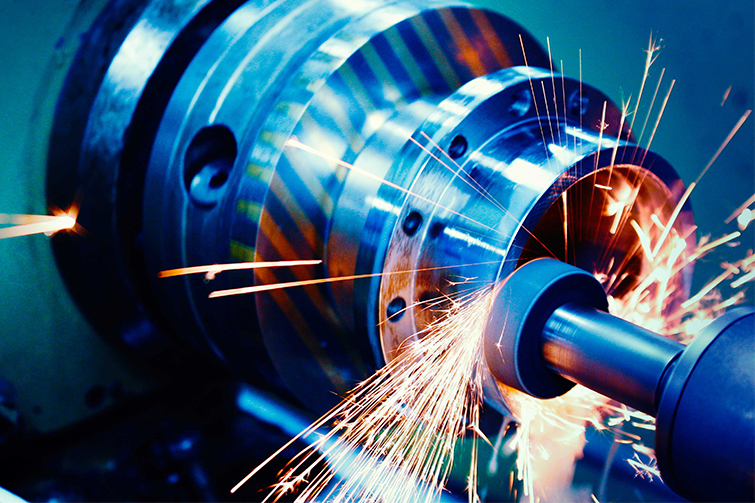

The Evolution and Impact of Non-Excavation Construction Techniques

Introduction to Non-Excavation Construction
Non-excavation construction, also known as trenchless technology, represents a significant leap forward in minimizing environmental and urban disruption. Unlike traditional methods, it allows for the installation, repair, or replacement of underground utilities without extensive digging.
Key Methodologies
Several techniques fall under the umbrella of non-excavation construction, including Horizontal Directional Drilling (HDD), Pipe Bursting, and Cured-in-Place Pipe (CIPP). Each method offers unique advantages depending on the project requirements.
Benefits of Non-Excavation Construction
The primary benefits include reduced environmental impact, lower costs due to minimized surface restoration, and significantly shorter project timelines. Additionally, it enhances safety by reducing the need for open trenches.
Technological Advancements
Recent advancements in GPS and drilling technologies have further enhanced the precision and efficiency of non-excavation methods, making them applicable in more complex and sensitive environments.
Challenges and Solutions
Despite its advantages, challenges such as higher initial costs and the need for specialized equipment exist. However, the long-term savings and environmental benefits often outweigh these initial hurdles.
FAQs
What is non-excavation construction?Non-excavation construction refers to techniques that allow for underground utility work without extensive digging, minimizing surface disruption.
How does HDD work?HDD involves drilling a small pilot hole along a predetermined path, which is then enlarged to accommodate the utility pipe, all without disturbing the surface above.
Is non-excavation construction more expensive?While the initial costs may be higher, the reduced need for surface restoration and shorter project timelines often result in overall cost savings.








